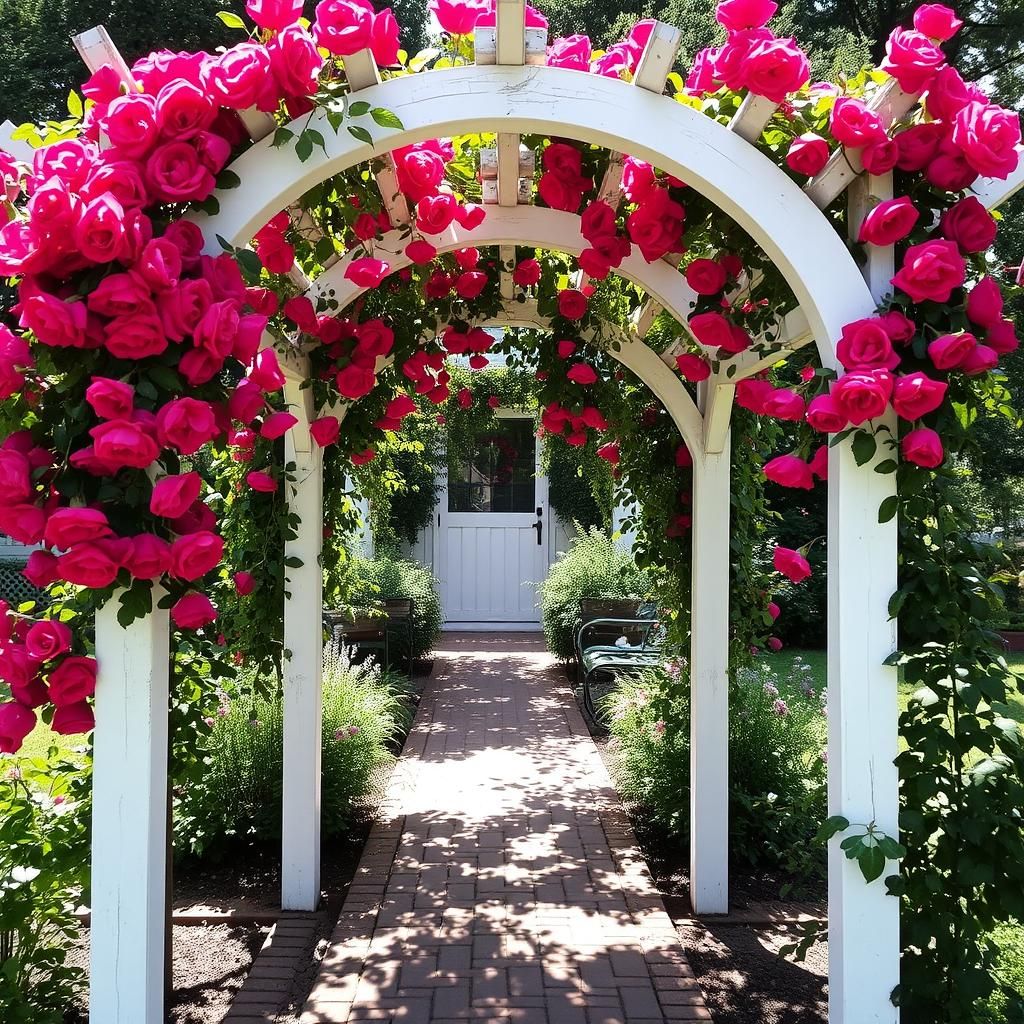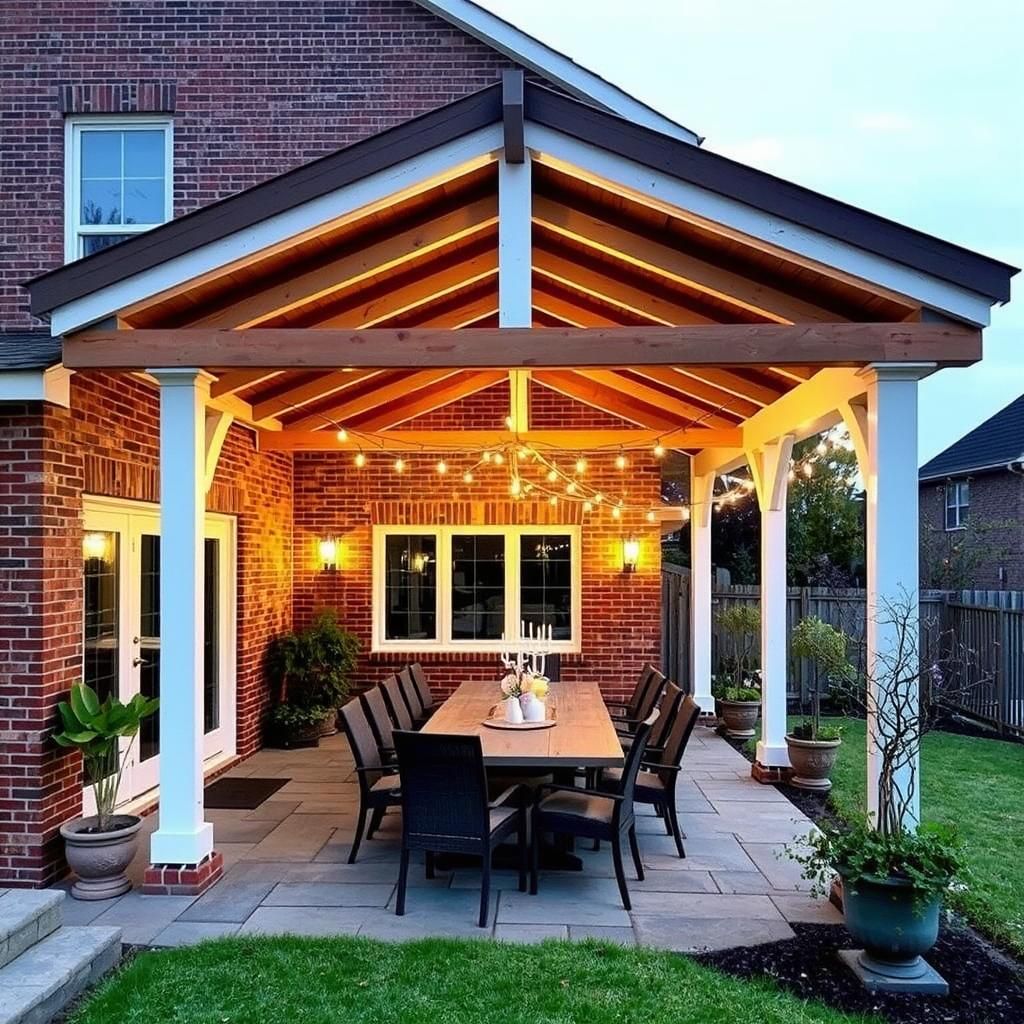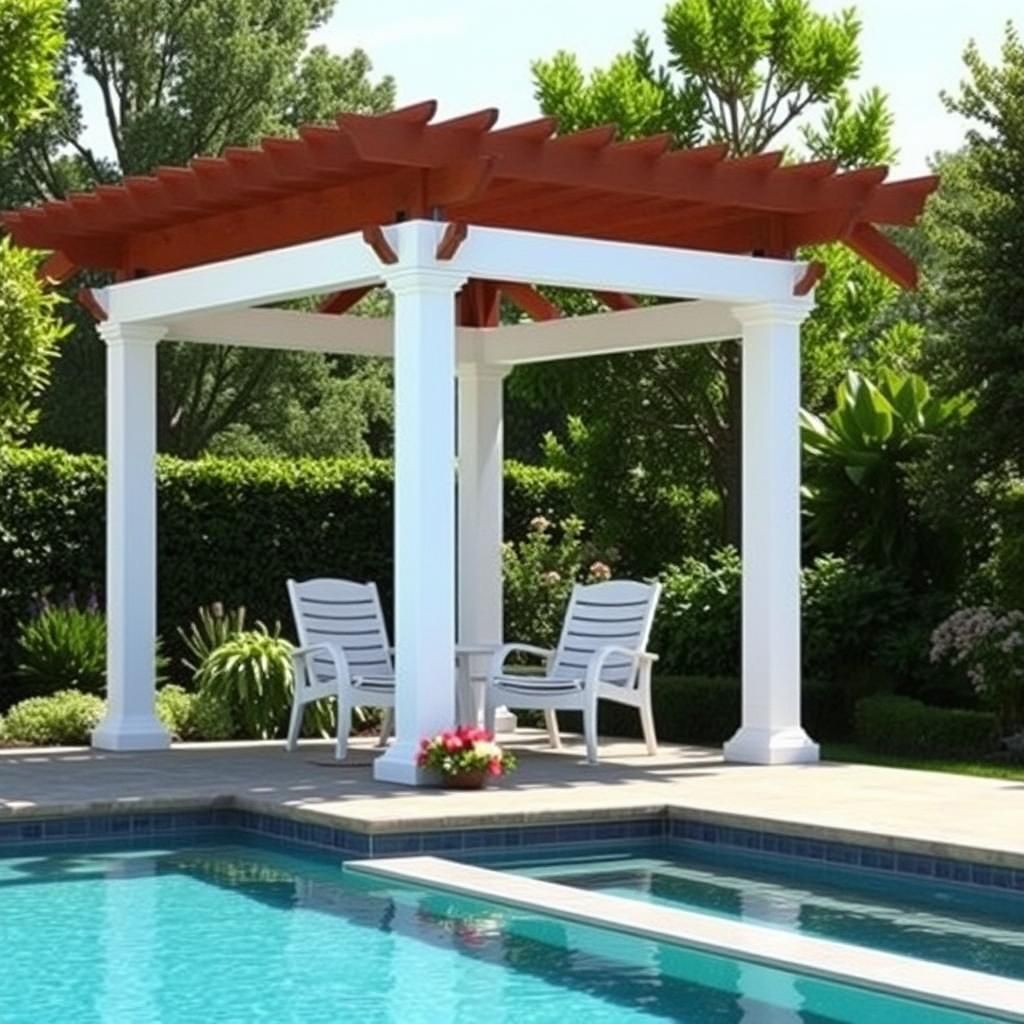A pergola can transform your backyard into an inviting oasis, and few things evoke a sense of classic charm quite like traditional pergola ideas. But what exactly defines a “traditional” pergola, and how can you incorporate this timeless design element into your own outdoor space?
Defining Traditional Pergola Styles
Traditional pergolas often draw inspiration from European and Asian architectural styles, featuring:
- Classic Materials: Think natural wood like cedar or redwood, known for their durability and warm aesthetics. Stone columns and bases can also add a touch of grandeur.
- Simple Lines and Geometric Shapes: Square or rectangular footprints are common, with clean lines and symmetrical designs creating a sense of balance and order.
- Decorative Details: Look for ornate details like finials, corbels, and latticework. These elements add visual interest while staying true to the traditional aesthetic.
Popular Traditional Pergola Ideas
1. The Garden Arbor
Description: A freestanding pergola, often placed at the entrance of a pathway or garden, creating a welcoming gateway.
Key Features: Arched opening, lattice side panels, climbing plants like roses or clematis.
Why We Love It: The garden arbor adds a touch of romance and whimsy, instantly enhancing the curb appeal of your garden.
2. The Attached Pergola
Description: Built directly onto an existing structure like your home, extending your living space outdoors.
Key Features: Open roof with beams, often incorporating outdoor furniture like dining sets or lounge areas.
Why We Love It: The attached pergola seamlessly blends indoor and outdoor living, creating a shaded haven for relaxation and entertainment.
3. The Freestanding Pergola
Description: Stands alone in your backyard, often defining a specific area like a patio or poolside lounge.
Key Features: Large enough to accommodate outdoor furniture and activities, may include features like built-in seating or a fireplace.
Why We Love It: The freestanding pergola offers versatility and can be customized to suit your specific needs and style preferences.
Choosing the Right Materials for a Traditional Pergola
The materials you choose will greatly impact the overall look and longevity of your pergola. Here are some popular options:
- Wood: Cedar, redwood, and pressure-treated pine are popular choices for their natural beauty and durability. “When choosing wood for a traditional pergola, consider the climate you live in,” advises landscape architect Sarah Miller, author of “Outdoor Structures with Timeless Appeal”. “Cedar and redwood are naturally resistant to moisture and insects, making them ideal for humid climates.”
- Vinyl: Vinyl pergolas offer low maintenance and won’t rot or warp like wood. However, they may not have the same classic charm.
- Aluminum: Aluminum is a durable and lightweight option, often used in more modern pergola designs.
Traditional Pergola Design Tips:
- Consider Scale: Ensure your pergola complements the size of your house and yard. A massive pergola in a small courtyard can look overwhelming.
- Planting for Shade: Train climbing vines or strategically place potted plants to create dappled shade and add a touch of natural beauty.
- Outdoor Lighting: Incorporate string lights, lanterns, or spotlights to create a magical ambiance for evening gatherings.
 Garden Arbor with Climbing Roses
Garden Arbor with Climbing Roses
 Attached Pergola with Outdoor Dining Area
Attached Pergola with Outdoor Dining Area
 Freestanding Pergola by the Pool
Freestanding Pergola by the Pool
Conclusion
Traditional pergola ideas offer endless possibilities for enhancing your outdoor space. By carefully considering your style preferences, space, and budget, you can create a timeless outdoor retreat that will be enjoyed for years to come. For more inspiring pergola designs and expert tips, browse our website and discover the perfect pergola to transform your backyard dreams into reality. What are some of your favorite traditional pergola features? Share your thoughts in the comments below!